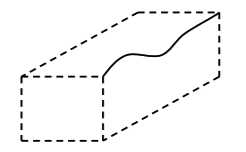What is a partial design?
A partial design is an attempt to obtain a design registration for the form of a part of an article.
While incorporating original and distinctive parts, the overall design of the product can protect the product from clever imitations that avoid infringement of design rights.
The designs below are all iPhone designs, but the right is the partial design and the left is the overall design.
For a partial design, the part for which the right is acquired as a partial design is represented by a solid line, and the other parts are represented by a broken line or the like.
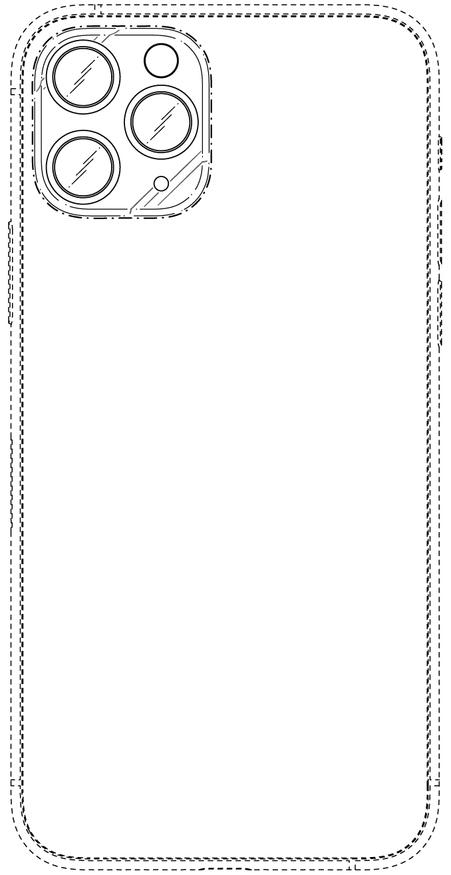
Design registration 1650720
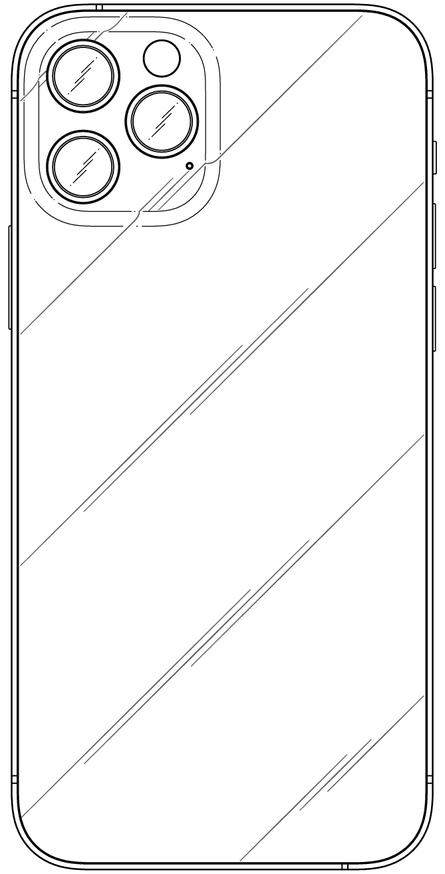
Design registration 1687167
In the whole design, the analogy is judged for the entire design, whereas in the partial design, the object to be judged for analogy is basically the solid line part, and the broken line part is only the one showing the position, range, and size of the partial design. It's not too much.
Therefore, in the case of a partial design, even if the broken line part is different from the target product, if the solid line part is the same as or similar to the target product, it is basically included in the scope of the design right. It can be said that the design has a stronger right than the whole design.
In other words, if a design is registered using the partial design system, it does not matter what shape the design of the product other than the partial design has, so the scope of the industrial right is practically the scope of the design right. Will be wider.
To apply as a partial design
① Being a part that occupies a certain range
The "part for which design registration is to be received" is a part that occupies a certain range in the form of the entire article related to the partial design, that is, unless it is one closed area included in the appearance of the design. It will not be.
As shown below, when the "part for which design registration is to be received" is only the ridgeline, the ridgeline does not have an area, so it does not correspond to the part that occupies a certain range and is not recognized as an article. It is rejected because it does not correspond to a design that can be used industrially (Article 3, Paragraph 1, Pillar of the Design Law).
Click here for more information on industrially available designs (opens new page).
In addition, only the silhouette of the entire article related to the design is shown. Since it is not recognized as one closed area included in the external shape of the design, it is subject to comparison with other designs. It does not correspond to the part that occupies a certain range that can be.
[Case] Only the silhouette of the side of a passenger car is projected (design examination criteria).
(2) Being a part that can be compared
Even if the "part to be registered as a design" occupies a certain range in the entire article, the unit of design creation that can be compared with other designs is shown in the table. Must have been.
In all of the following cases, the "part for which design registration is to be received" occupies a certain range in the overall form of the article, which is a packaging container, and is the object of comparison when comparing with other designs. It can be said that it represents the unit of creation of a possible design.
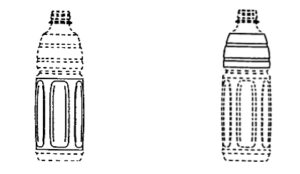
Quoted from design examination standards
On the other hand, in the following cases, even if the "part to be registered as a design" occupies a certain range in the form of an article called a packaging container, it is compared with other designs. If the unit of creation of a design that can be the target is not represented, it is not recognized as an article and is rejected as not being a design that can be used industrially (Article 3, Paragraph 1 of the Design Law).
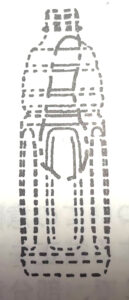
Quoted from design examination standards
Judgment of similarity of partial design
Examination stage
If the partial design and the publicly known design fall under all of the following, the partial design is similar to the publicly known design.
(1) The uses and functions of the articles, etc. related to the designs of both designs are the same or similar.
(2) The use and function of the entire design and the use and function of the "part for which design registration is to be received" of the "design for which design registration is to be received for parts such as articles" are the same or similar.
(3) With respect to the entire article, etc. of the overall design, in the overall shape, etc. of the article, etc. The position, size, and range are within the range that is common in the field to which the design belongs.
(4) The shape, etc. of the entire design and the shape, etc. of the "part for which the design registration is to be received" of the "design for which the design registration is to be received for the part of the article, etc." are the same or similar.
Practical partial design application
In my office, many applications for design registration are partial designs.
The reason is that I am thinking of making it as strong as possible.
Rather than trying to acquire a design right in an original and characteristic part, the design of the broken line part becomes irrelevant by expressing the part that you do not want to be a component of the design with a broken line.
When the design right is acquired for the entire design, if the shape, position, and number of buttons and holes are different between the design for which the design right is generated and the infringing design, there is a possibility that the design will be dissimilar.
If you acquire the design right as a partial design in which the buttons and holes are represented by broken lines, even if the shapes, positions, and numbers of the buttons and holes are different, they will not be dissimilar due to these differences.
However, as the number of parts represented by broken lines increases, the number of parts that make up the design decreases, so it will be more difficult to satisfy the novelty and easiness of creation of the design.

